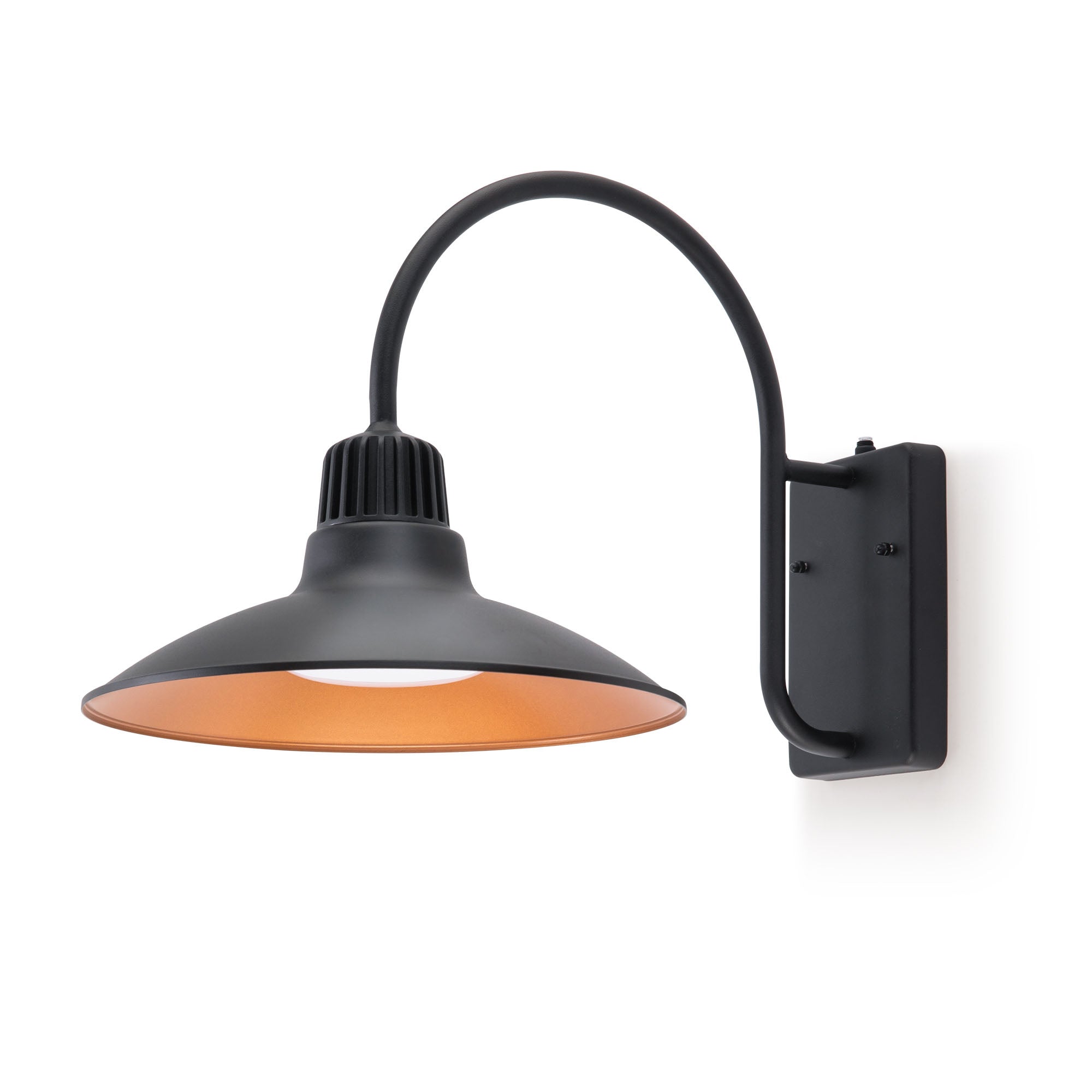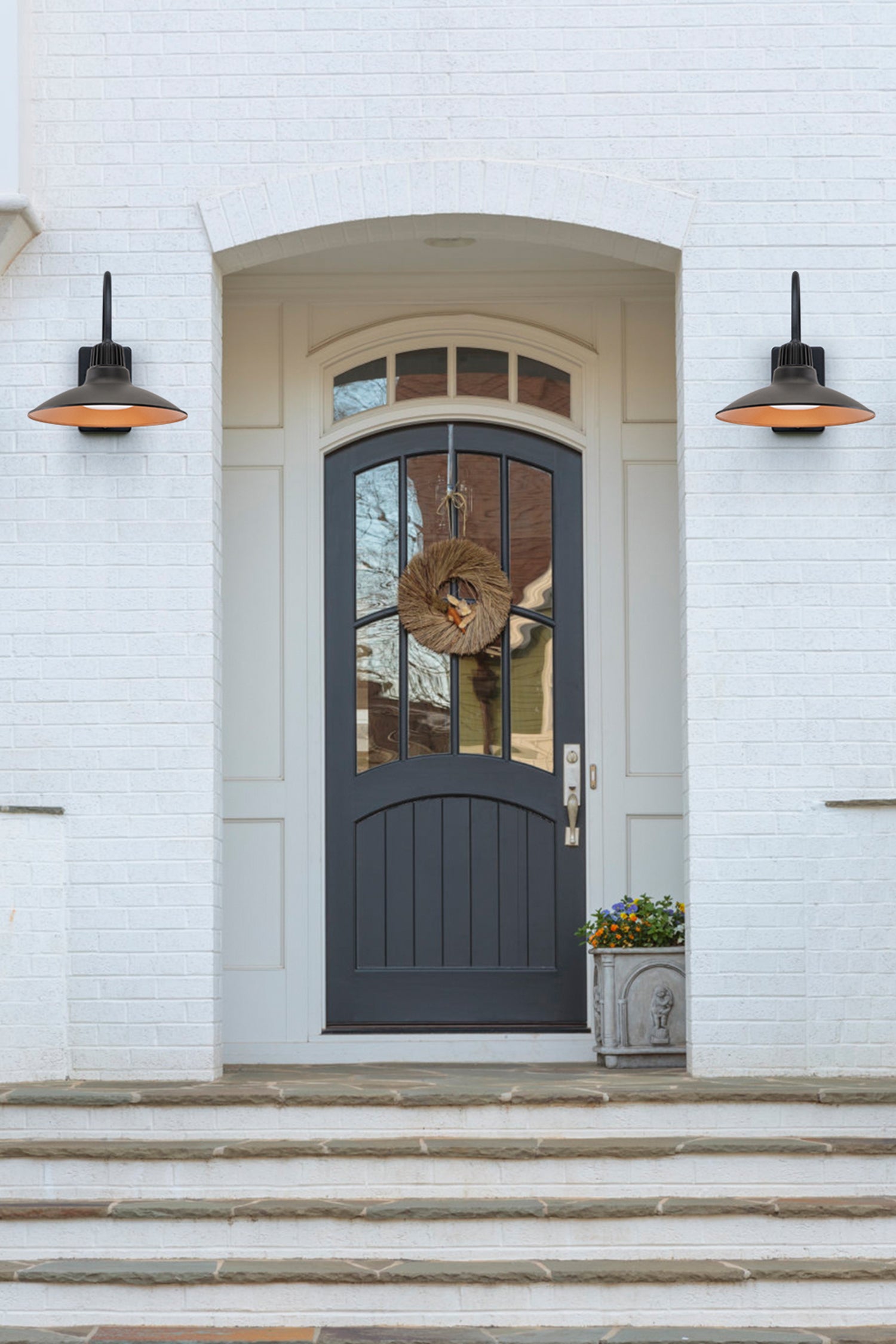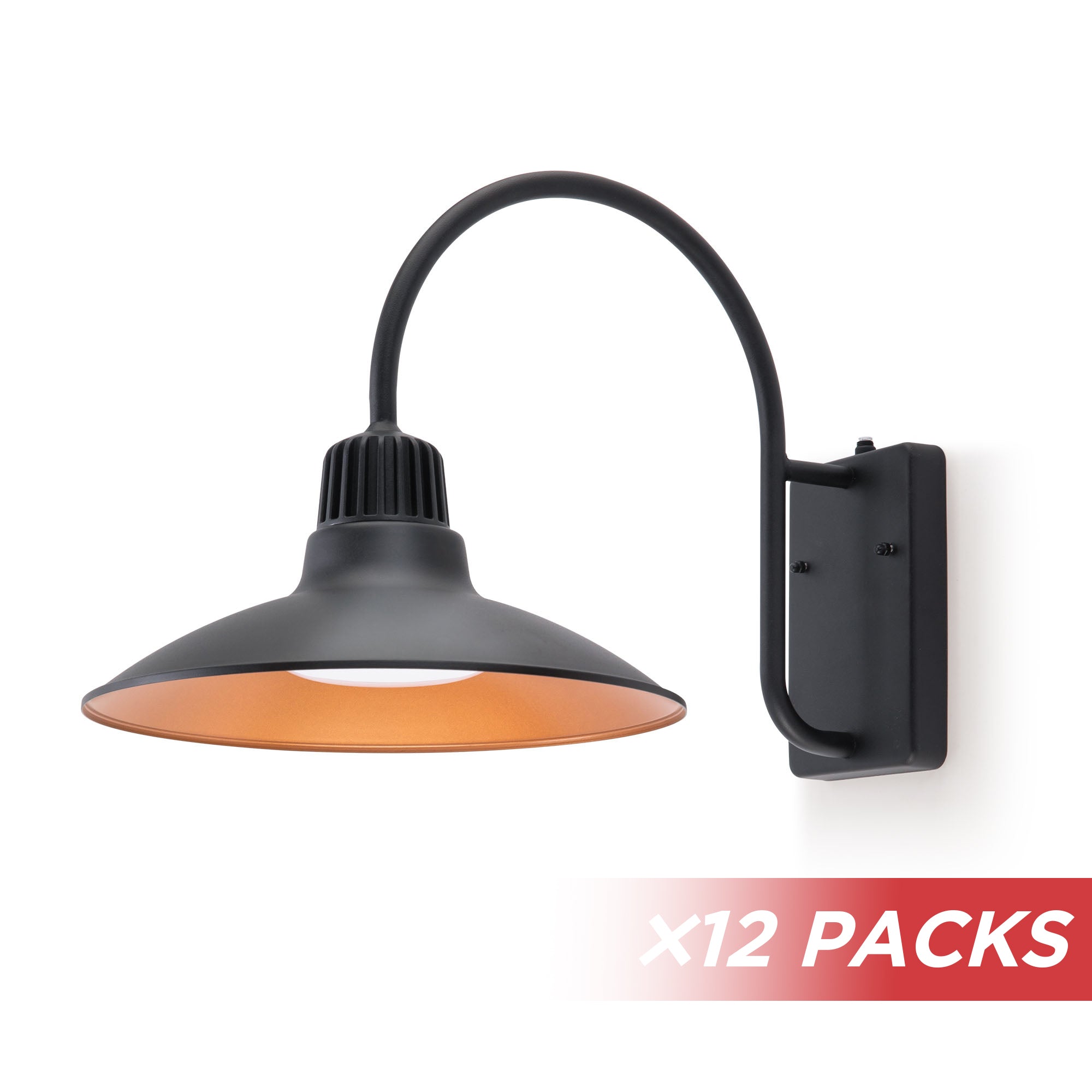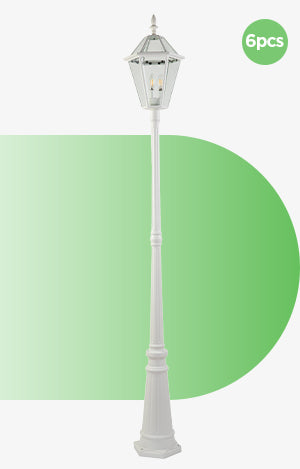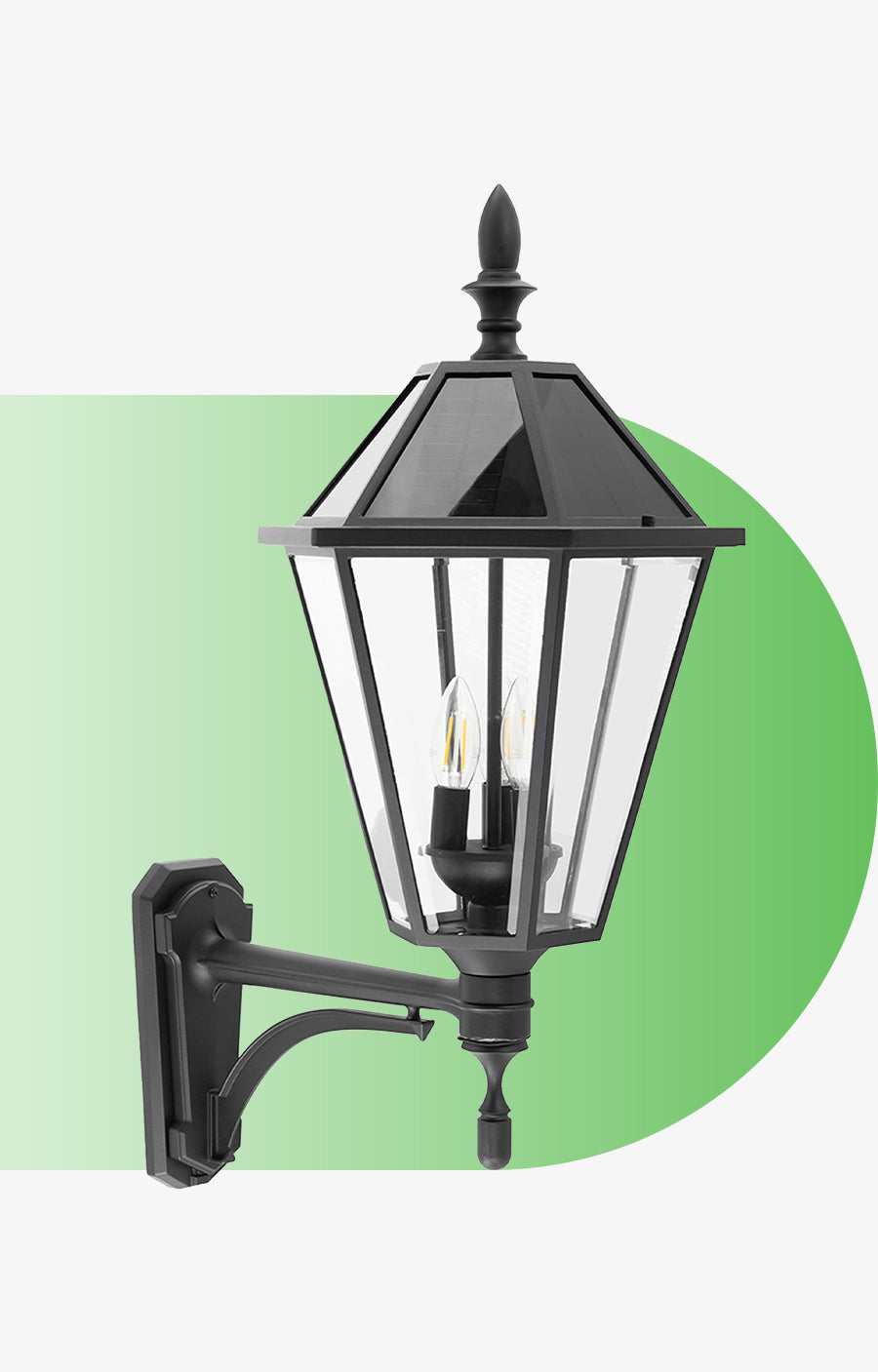Sidebar
Sale Products
Blog Tags
Recent Post
-

-

2023 iF DESIGN AWARD | EPTA & POPS
May 06, 2023
-

Solar lighting. Key advantages and disadvantages
March 30, 2023
Most Popular
Solar lighting. Key advantages and disadvantages
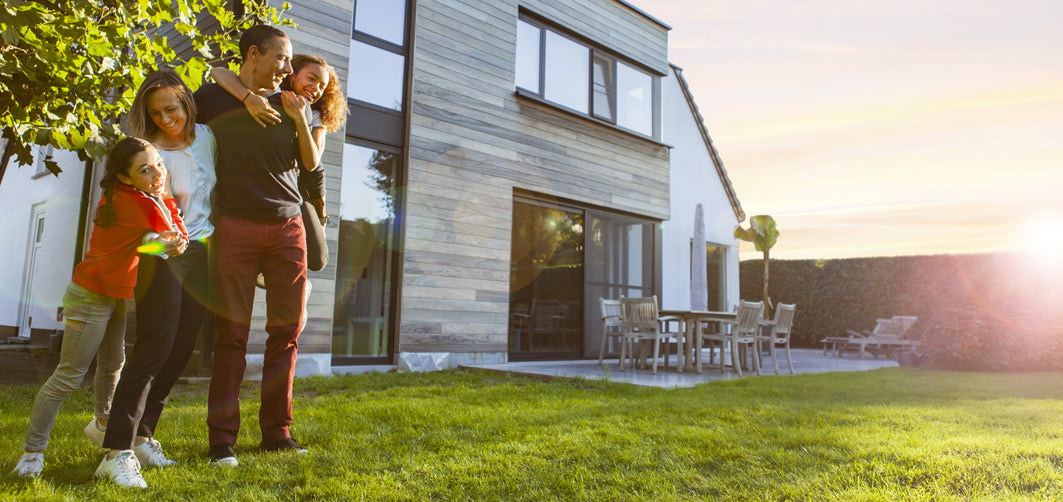
Shelley Greenberg|






